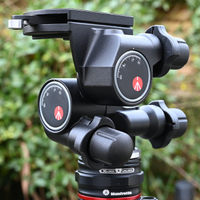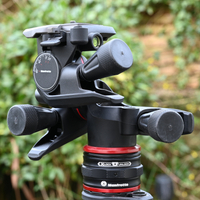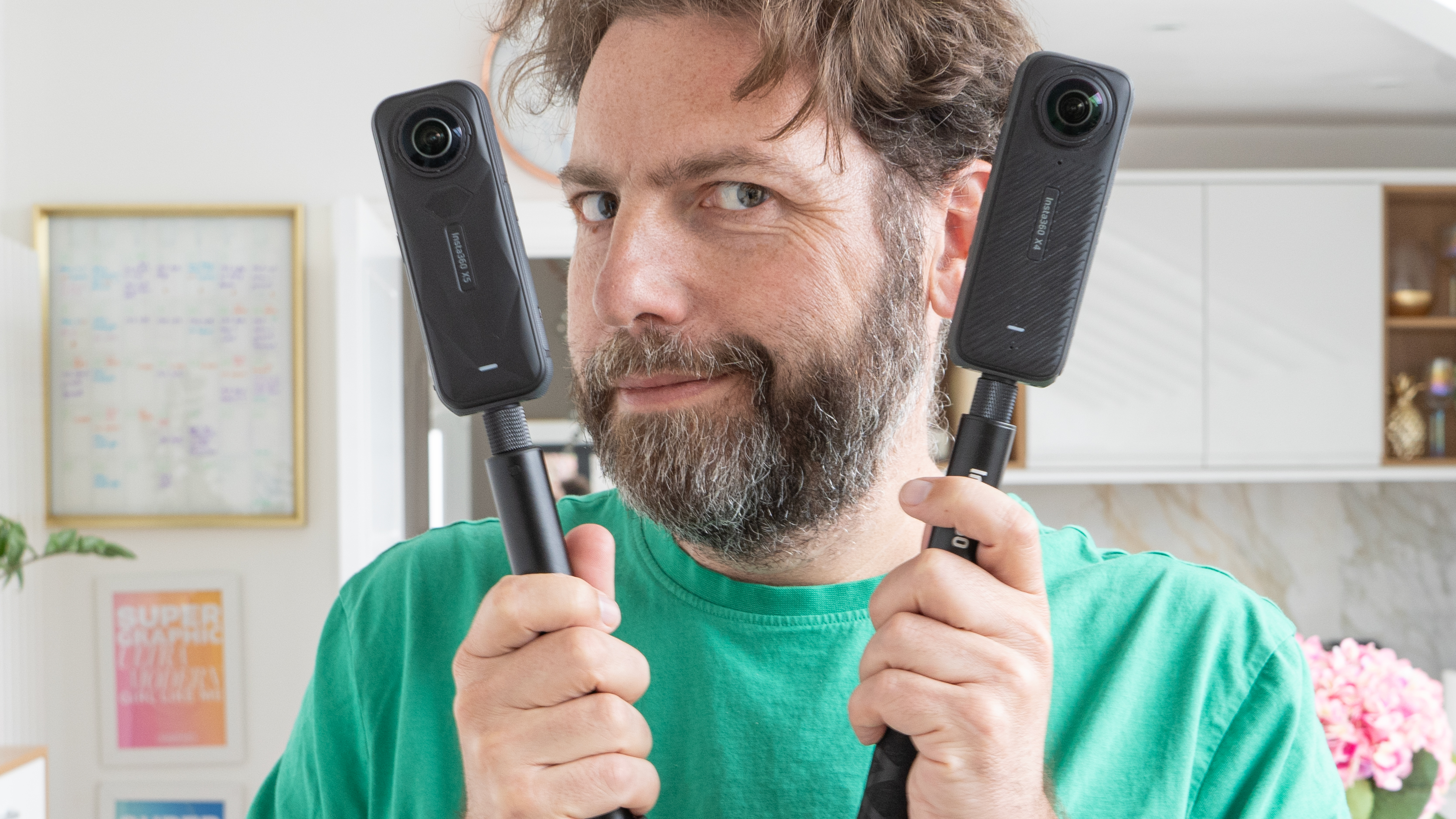Digital Camera World Verdict
I really like the extremely precise movements that the Neewer TH16 3-way geared tripod head enables. It’s great for landscape and architectural photography, where tiny adjustments can make a big difference. I’m also impressed that it gives rock-solid support at a keen selling price, although it’s typically chunky and a little fiddly compared with a ball head.
Pros
- +
Coarse and fine adjustments
- +
Extensive range of movement
- +
Solid and sturdy
- +
Dual-axis panning
Cons
- -
Control knobs quite stiff
- -
Necessarily chunky
- -
More fiddly than a ball head
Why you can trust Digital Camera World
Neewer is a well known and highly regarded Chinese manufacturer of all sorts of photographic accessories. Launching back in 2011, the company has amassed a huge product list over the years, catering to photographers and videographers of all genres. The item I’m reviewing here aims to be one of the best 3-way geared heads on the market and, typical of Neewer products, it’s cleverly designed and competitively priced.
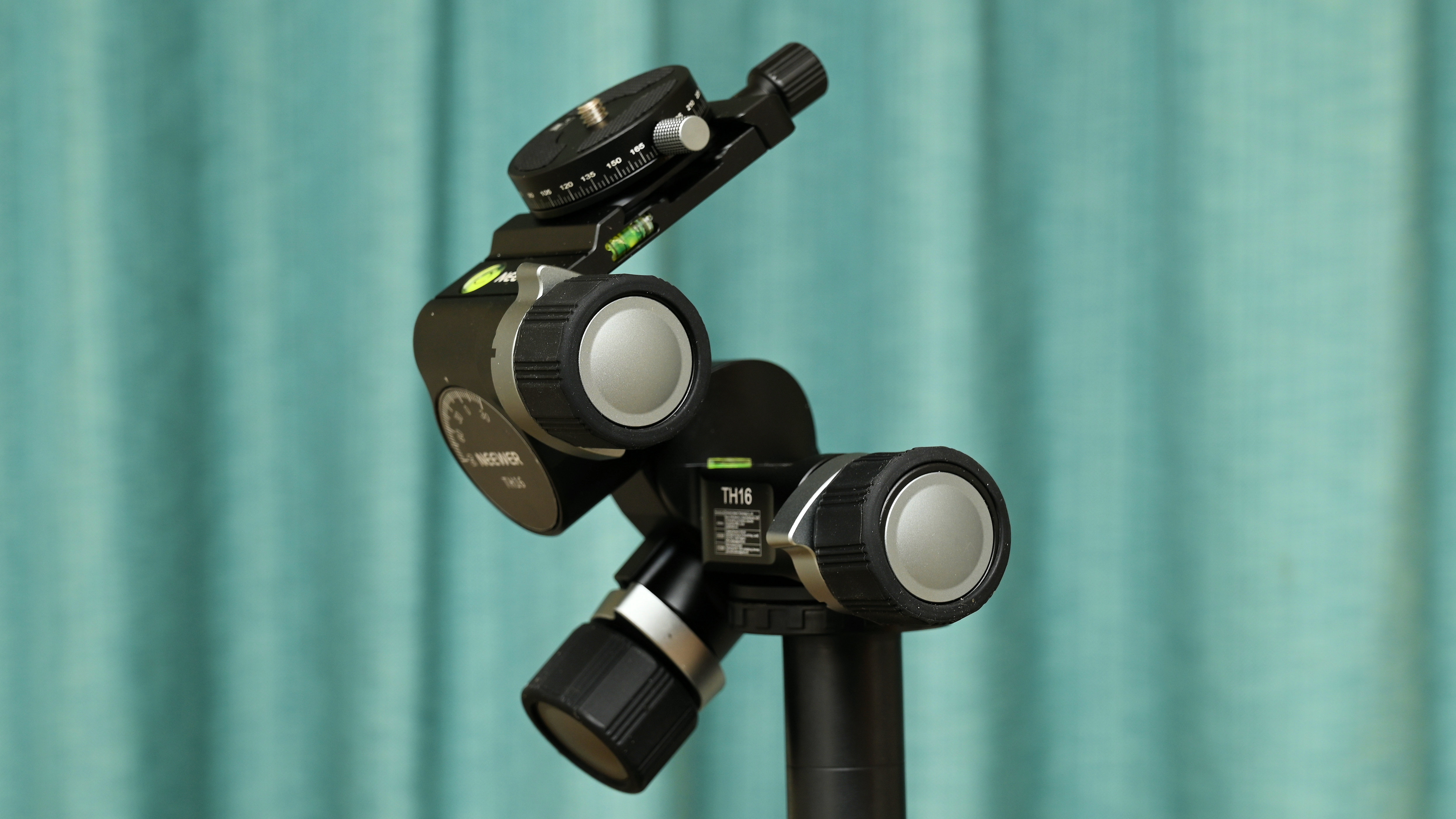
Neewer TH16 geared head: Specifications
Material | Aluminum |
Maximum load | 6kg / 13.2lb |
Base diameter | 52mm / 2" |
Plate type | Arca-Swiss |
Lateral tilt | -90 / +90 degrees |
Front tilt | -90 / +45 degrees |
Bubble/spirit levels | 3 bubble / 1 spirit |
Weight | 906g / 32oz |
Neewer TH16 geared head: Price
A lot of engineering goes into building a 3-way geared head, so they don’t come cheap. This Neewer TH16 head comes in at $180 / £206 / AU$256, although you can save a few bucks by going for the Neewer TH15, which omits an Arca-Swiss style quick-release plate, instead only comprising the panoramic plate that’s included in both kits. Either way, in most world regions the Neewer is a fair bit more affordable than the likes of the Manfrotto 410 Junior geared head at $260 / £286 / AU$586 and the Manfrotto XPRO 3-way geared head at $249 / £224 / AU$493. It's definitely good value for money, and widely available.
Neewer TH16 geared head: Design & Handling
There’s no beating a ball head for quick and easy setup. Loosen the locking knob, get your camera in place, tighten the knob again and… Oh dear, it’s all gone wrong. To some extent, most if not all ball heads can suffer from a little sagging when you tighten the locking knob and let go of the camera. It’s usually not a problem but, for landscape and architectural photography, as well as sometimes for still life and product photography, a tiny maladjustment can have a big impact. A geared head can enable extremely fine and precise adjustments to ensure perfect placement.
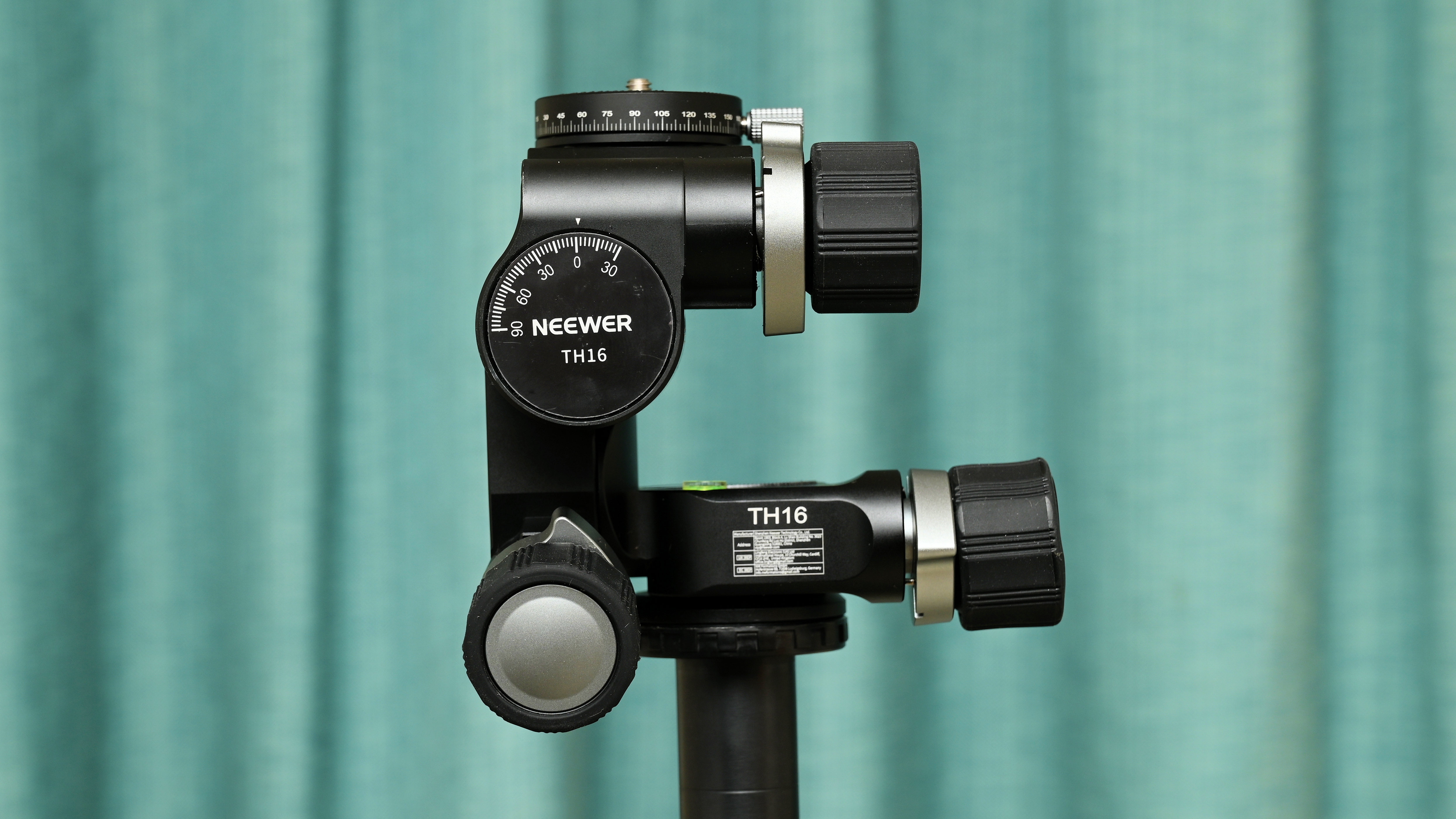
The clue’s in the name and like any geared head, the Neewer TH16 relies on gears to make it work. These enable independent ‘micrometric’ adjustments for panning, tilt and swivel. Three knobs are incorporated, one for each axis of movement. A full turn of each knob gives a few degrees of rotation, which is great for very fine adjustments, but a real time-waster for coarse adjustments.

Also like the vast majority of competing geared heads, there’s a secondary adjustment mechanism for each of the three axes of movement. As such, each of the control knobs has its own incumbent twist-action lever. Turn any of the levers and it disengages the respective geared drive, so you can quickly and easily tilt, pan or swivel the camera freely, through its full range of movement in that particular axis. Once you’re in the right ballpark, you can release the sprung lever and go back to using the fine, micrometric geared adjustments.
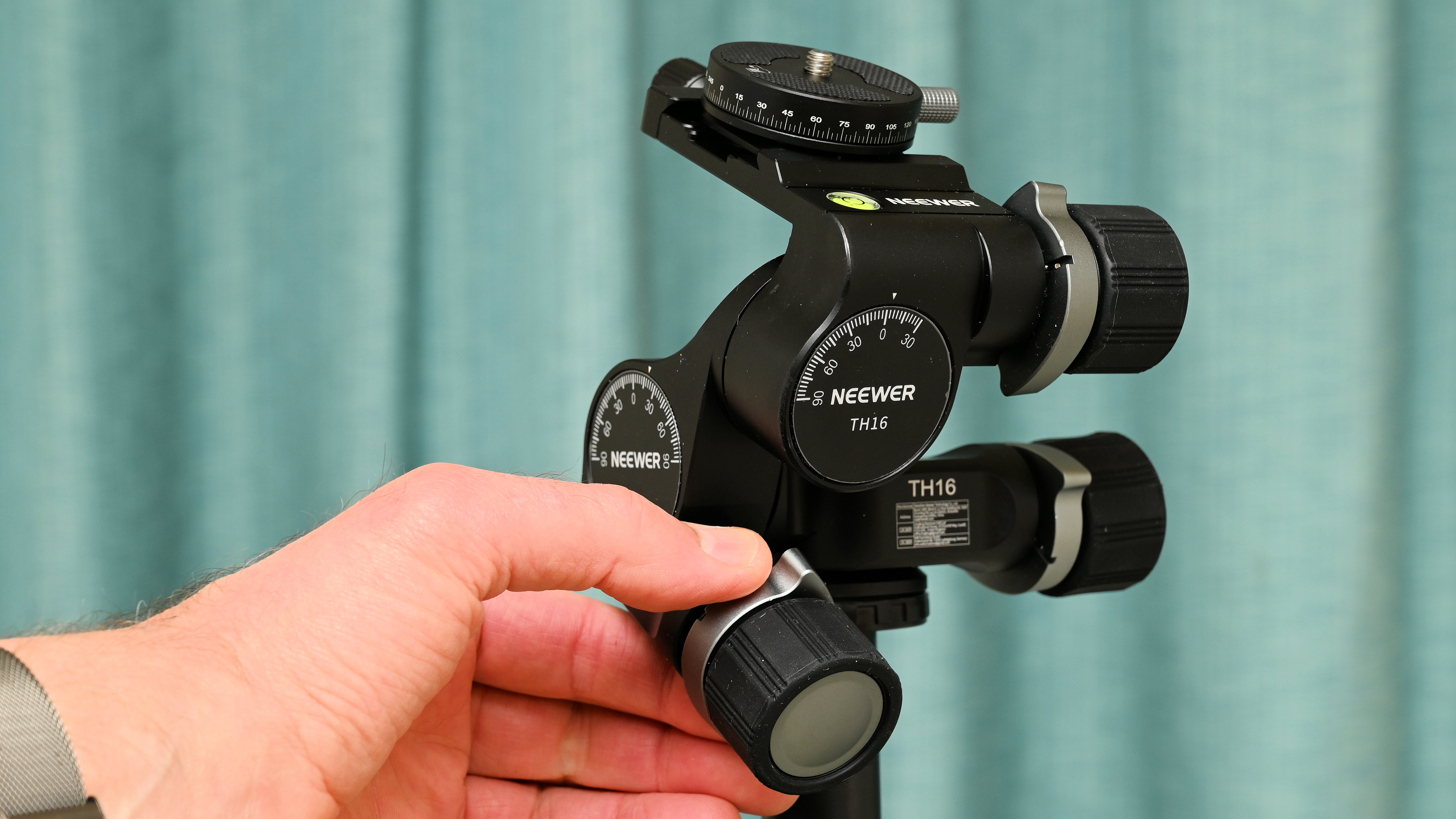
With an eye on keeping everything on the level, particularly important for architectural and landscape shooting, there are no less than three bubble levels plus a spirit level. These include a bubble level on the lower section of the head, anther one up top on the camera platform, and one built into the end of the quick-release locking knob which works for using the camera in portrait (upright) orientation. There’s also a spirit level built into the quick-release base plate. Suffice it to say there are leveling aids aplenty.
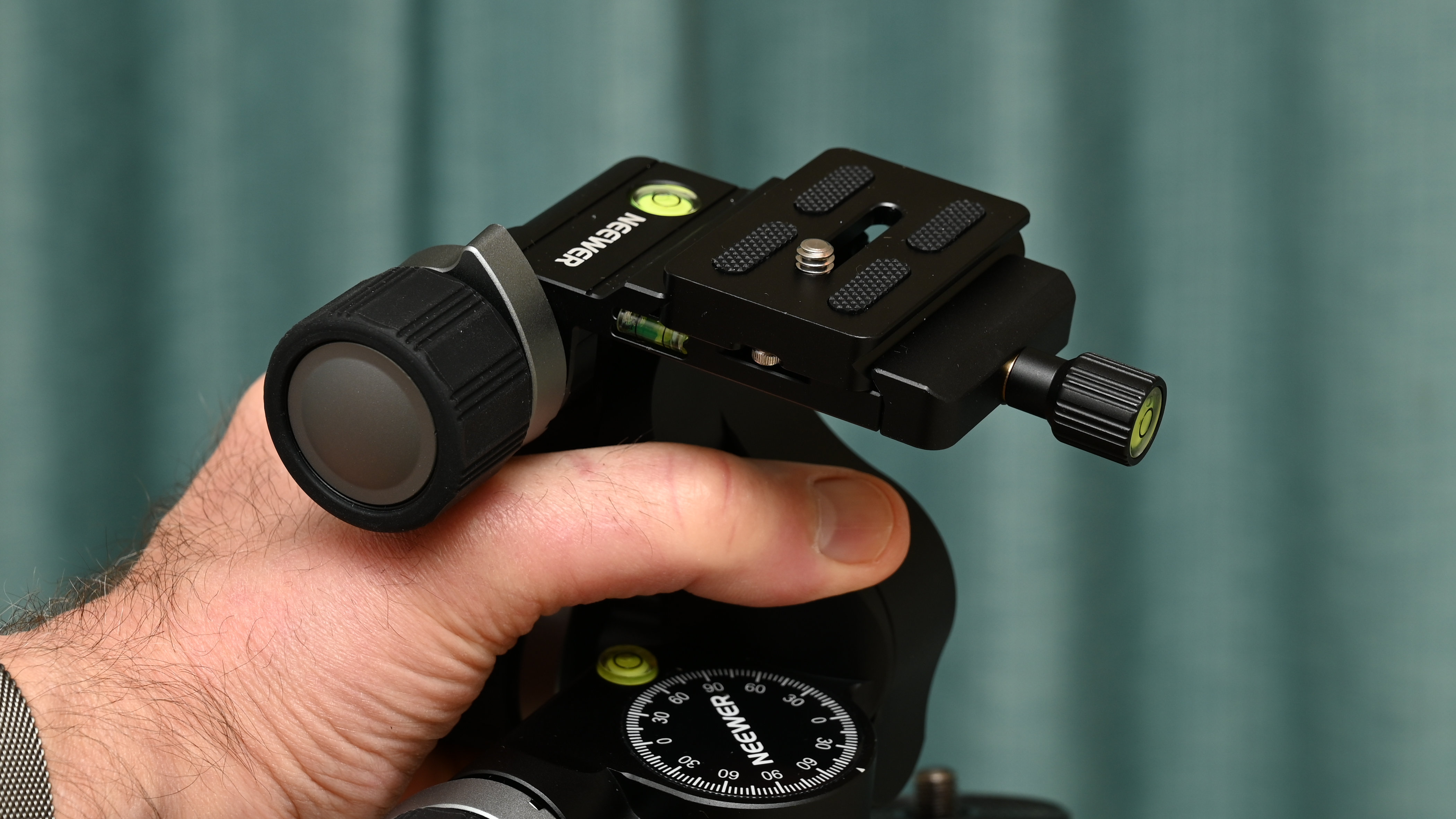
With the best will in the world, it can still be troublesome to perfectly level your tripod legs when you’re working on uneven terrain. Sure, you can compensate by adjusting the head but then everything goes on the skew when you start panning. To solve the problem, the head actually has two panning mechanisms. There’s the main one at the base with its geared adjustment, but also a secondary more basic one that slots into the quick-release base. The upside is that even if your tripod legs are on the wonk, your camera will remain perfectly level when panning to take a sequence of stills to stitch into a panorama, or when you’re shooting video.
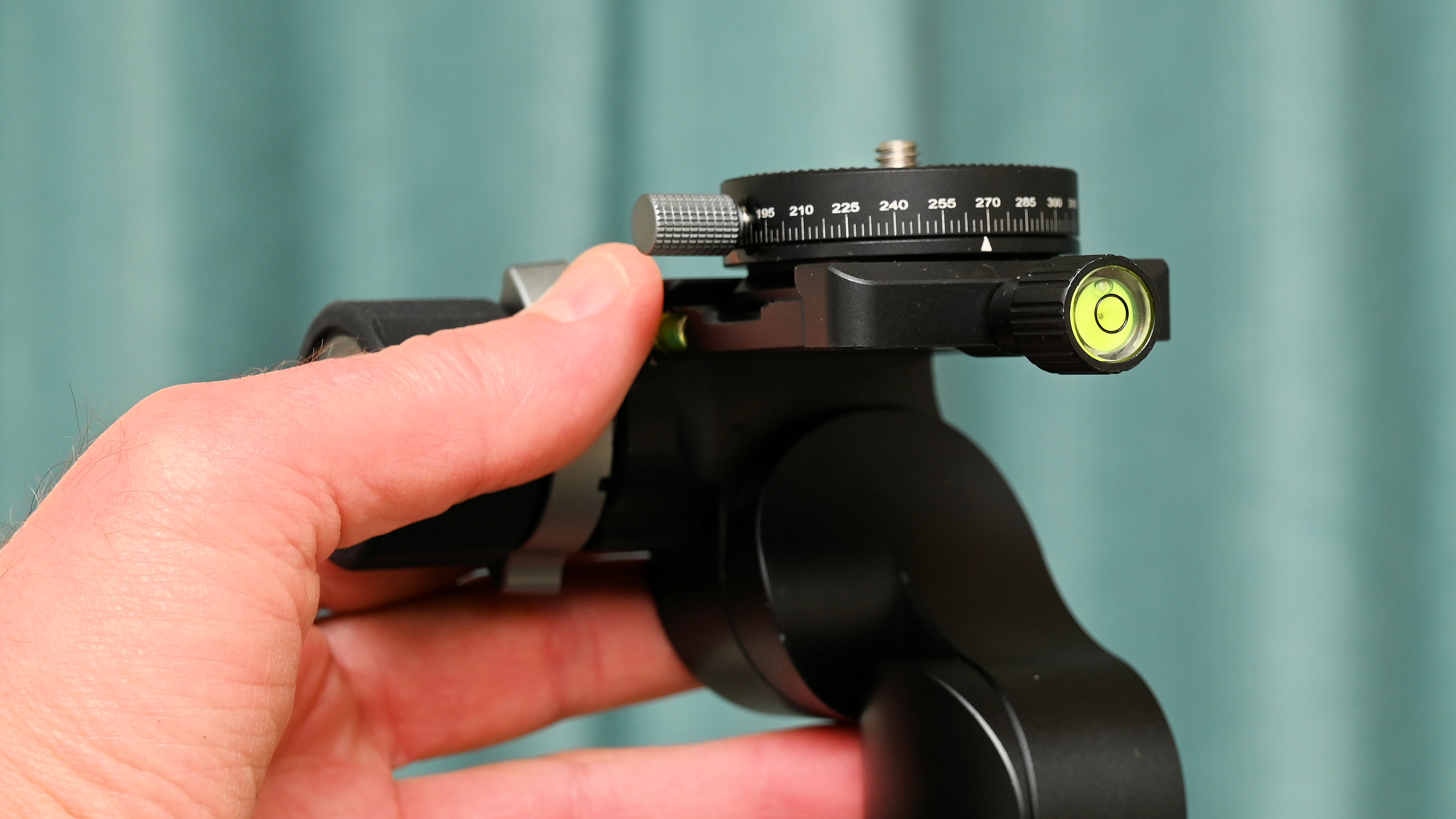
The TH15 and TH16 both come with a panoramic camera support that slots into the Arca-Swiss style mounting plate. However, the TH16 kit also includes a regular Arca-Swiss quick-release plate. This is more convenient for general shooting, if you don’t need to use the secondary panning mechanism. Naturally, you can use any Arca-Swiss quick-release plate that you happen to have, or buy separately, for mounting your camera on the head if you’re not using the upper panning base.
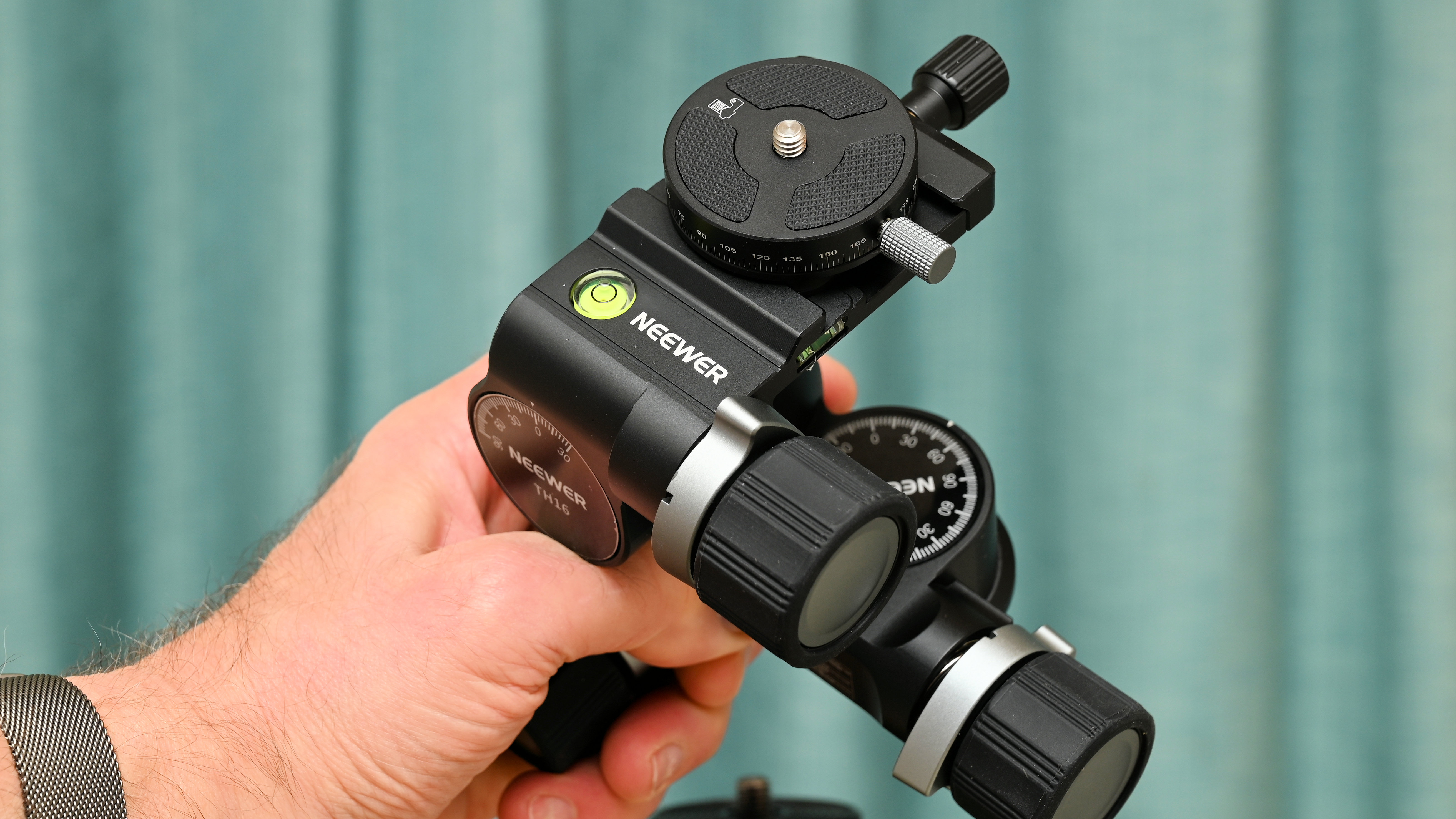
One thing I’ve noticed with geared heads is that the amount of movement is often relatively restricted. You can only tilt or swivel the camera so far before the controls collide with the top of your tripod and put a stop to proceedings. To boost the adjustment range, the Neewer head is supplied with an additional short column. You can fit this between the top of your tripod and the base of the head, putting some clear space between the two and enabling a greater range of movement, as and when you need to.
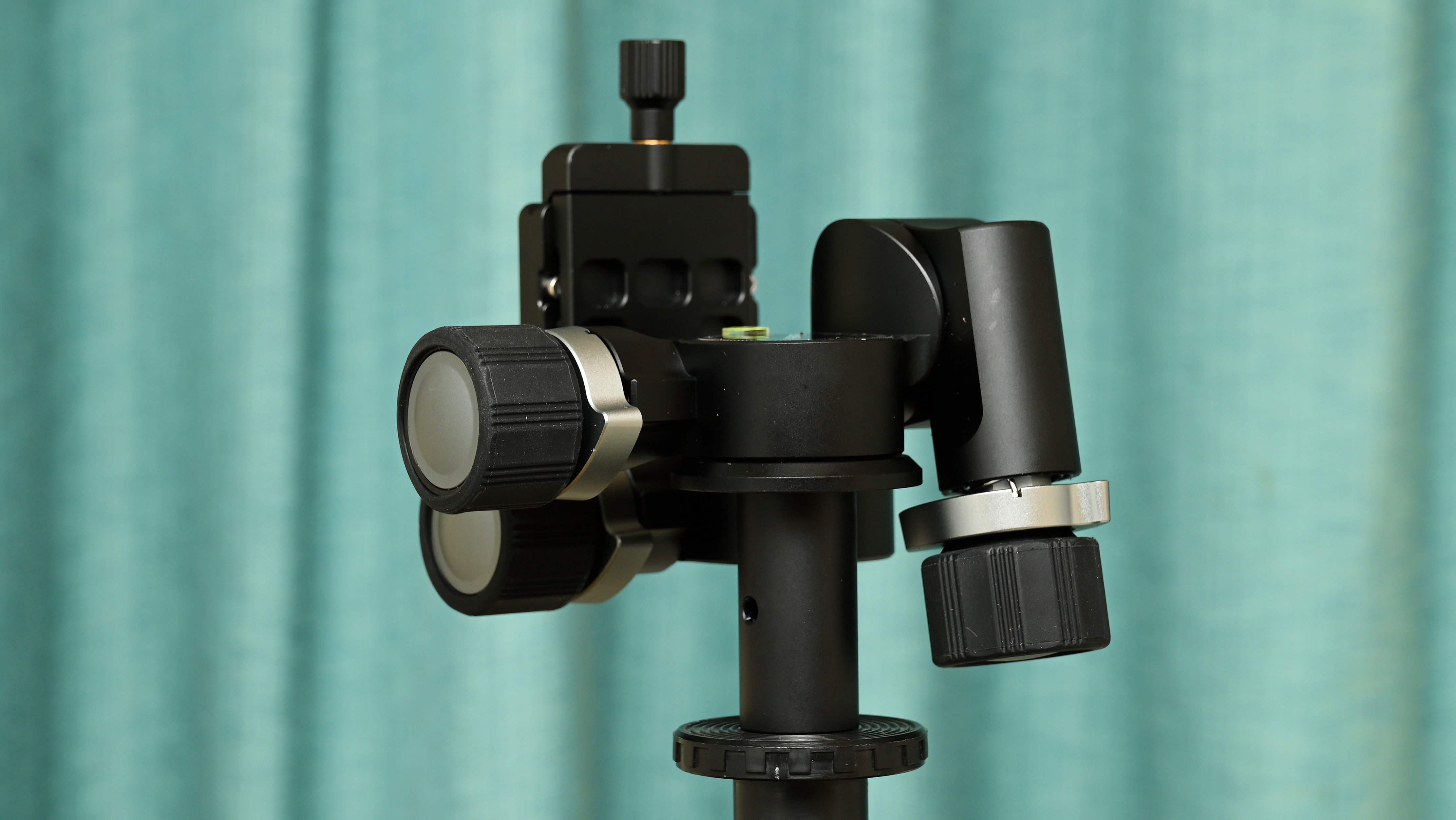
Neewer TH16 geared head: Performance
The degree of precision and fine control of movement can be massively beneficial with a geared head, but I’ve found that some of them are a little lacking in rigidity. Maybe that’s not altogether surprising, since you can’t lock them in place like a regular 3-way head or ball head. One thing that immediately struck me with the Neewer TH16 is that it feels rock-solid. It’s highly resistant to flexing and vibrations, which I always feel is top of the agenda for tripods and tripod heads when it comes to performance.
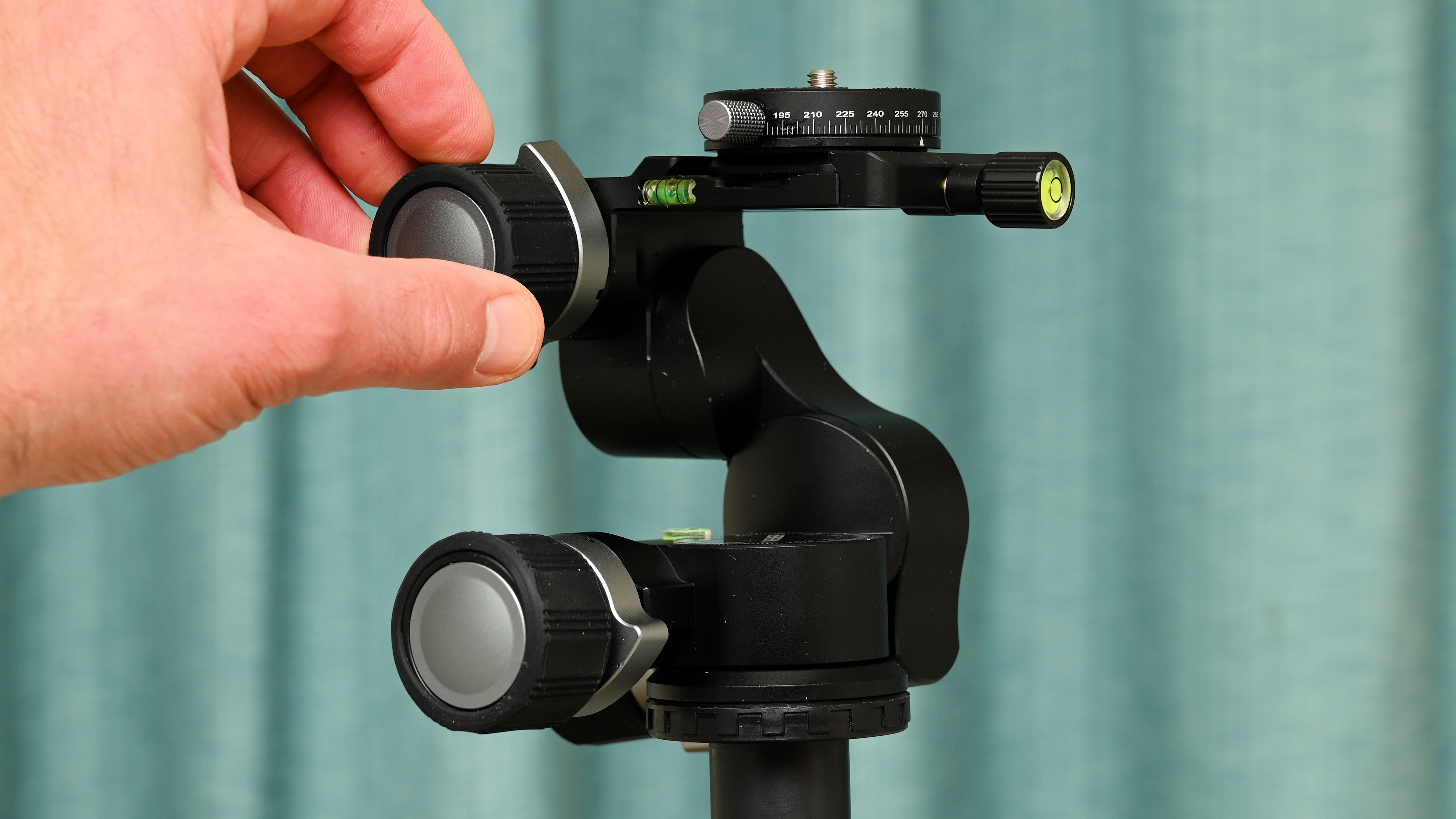
Naturally, with three main controls to adjust as well as the secondary panning plate (if you use it), there’s a much more going on than with a ball head. It’s therefore not as quick and easy to set up but when precision counts for more than speed, the TH16 is an absolute winner. I also like that the additional short column can boost the range of movement for shooting from really tricky angles. My only slight criticism is that the control knobs of my brand new review sample felt a little stiff to operate, but perhaps they’ll ease up a bit with more use.
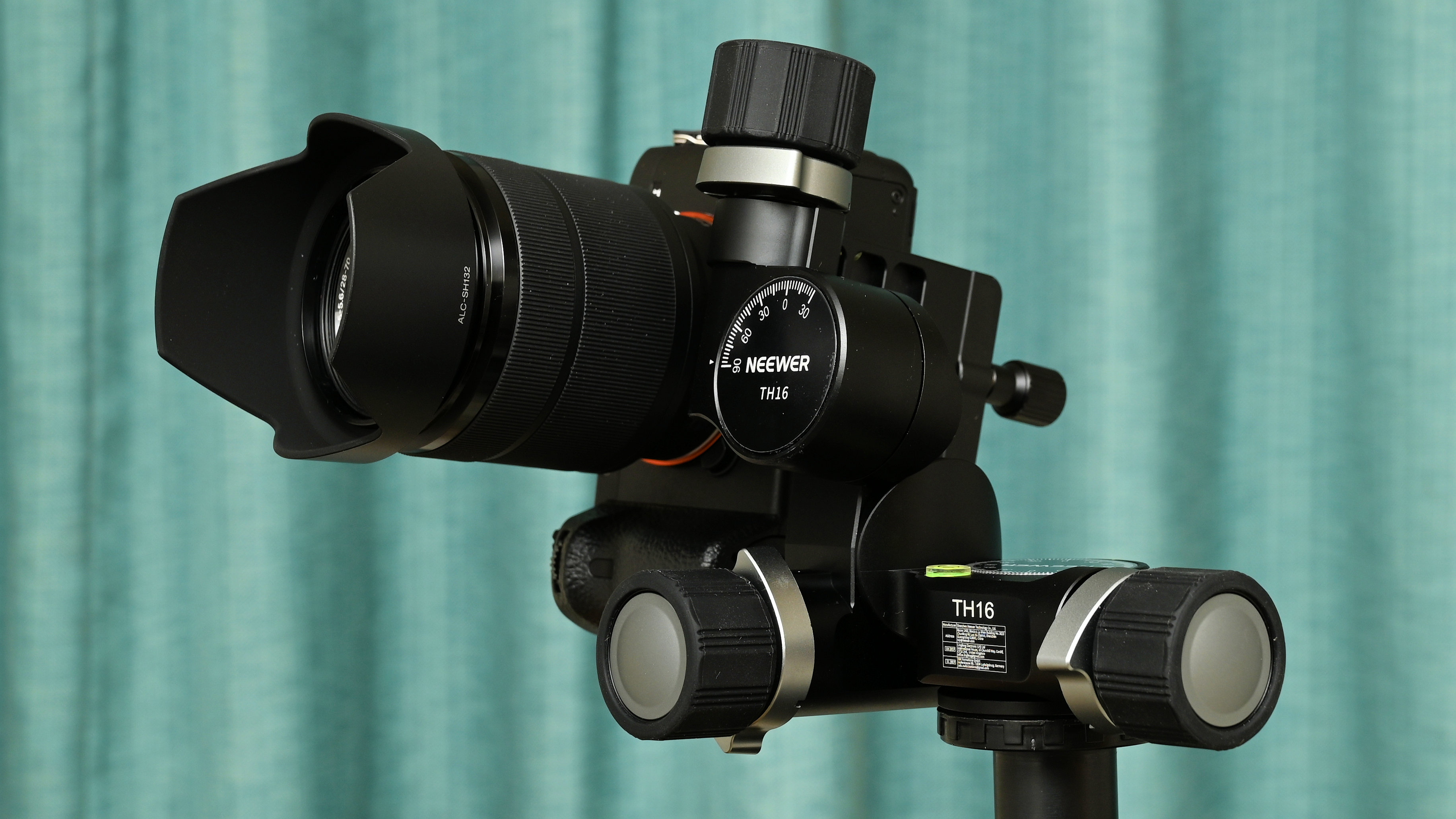
Neewer TH16 geared head: Verdict
For critical applications when I need my camera to be positioned very precisely, this Neewer TH16 works brilliantly well. It’s an absolute doddle to ensure that the camera is perfectly leveled for architectural and landscape shots. The same goes for when I need very fine adjustments for macro photography, taking still life images and more besides. The build quality feels really good and the head is super-stable and resistant to unwanted flexing and vibrations. All in all, it’s a top-class geared head at a very competitive purchase price.
Features ★★★★★ | Useful features include a short stubby column to extend the range of movement, plus a secondary panning plate. |
Design ★★★★★ | The design is really well thought out. Everything works in a simple and intuitive way, and build quality is very good indeed. |
Performance ★★★★☆ | It’s really stable and resistant to flexing or vibrations but the control knobs felt a little stiff in my review sample. |
Value ★★★★☆ | It significantly undercuts the price of competing Manfrotto geared heads in some world regions, less so in others. |
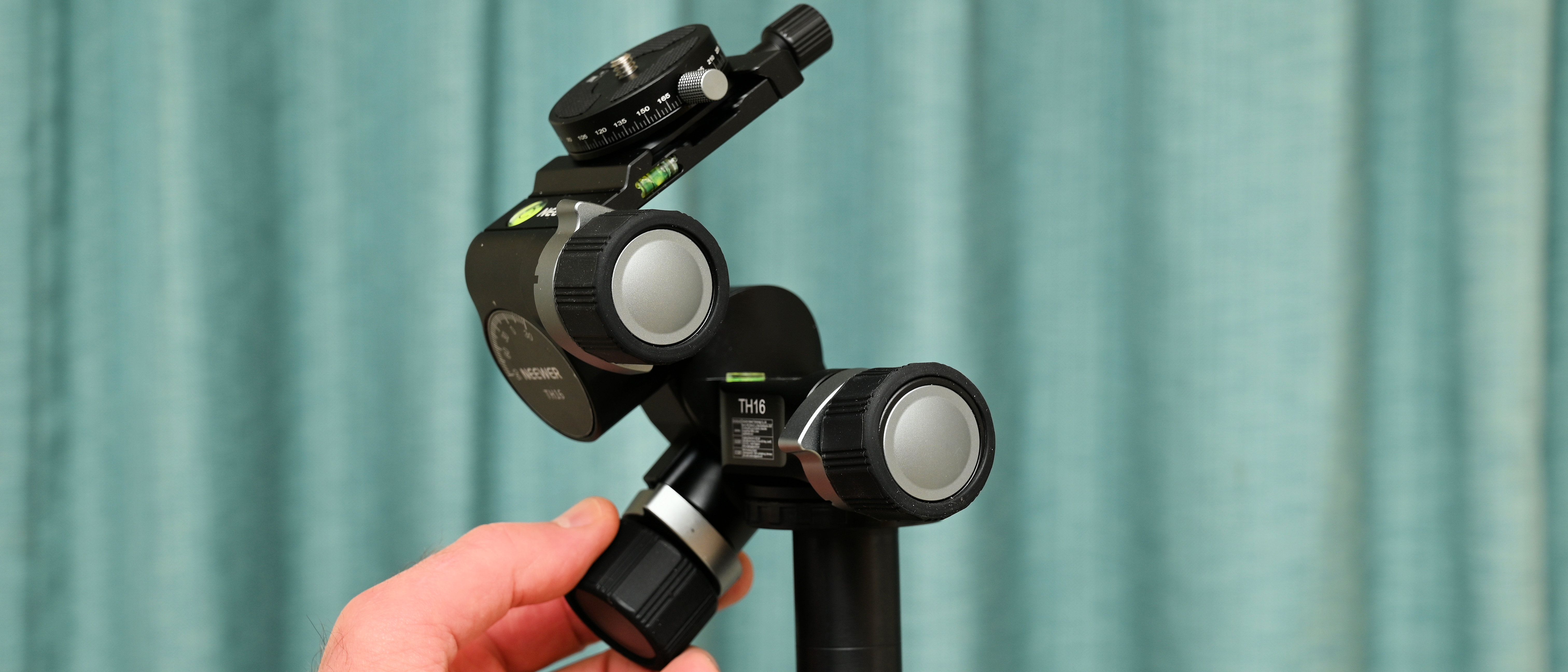
Alternatives
The Manfrotto 410 Junior geared head is made from aluminum, like the Neewer, and has a fairly similar maximum load rating of 5kg / 11lb, compared with the Neewer’s 6kg / 13.2lb. The Manfrotto is pretty solid but only has one bubble level and features a non-standard quick-release plate. It costs around $260 / £286 / AU$586 to buy.
The Manfrotto XPRO 3-way geared head is a little more lightweight than the Neewer and has a lower 4kg / 8.8lb payload rating. It’s made from ‘technopolymer’ (high-grade plastic) rather than metal and feels less rigid in use. It sells for around $249 / £224 / AU$493.
Matthew Richards is a photographer and journalist who has spent years using and reviewing all manner of photo gear. He is Digital Camera World's principal lens reviewer – and has tested more primes and zooms than most people have had hot dinners!
His expertise with equipment doesn’t end there, though. He is also an encyclopedia when it comes to all manner of cameras, camera holsters and bags, flashguns, tripods and heads, printers, papers and inks, and just about anything imaging-related.
In an earlier life he was a broadcast engineer at the BBC, as well as a former editor of PC Guide.
You must confirm your public display name before commenting
Please logout and then login again, you will then be prompted to enter your display name.

